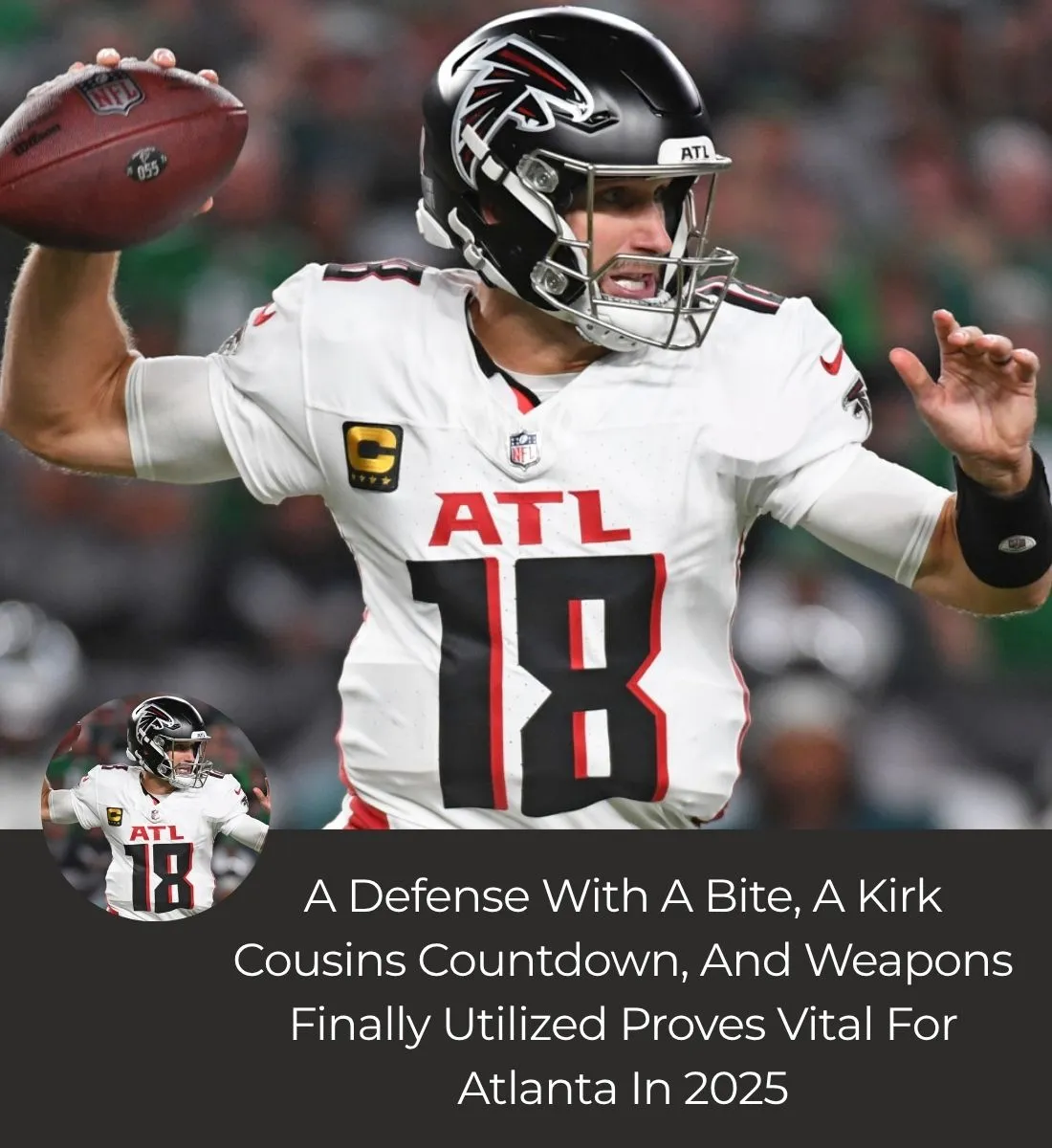This past week, the Toronto Maple Leafs filed a qualifying offer to young left winger Nick Robertson, guaranteeing Toronto would keep the 23-year-old’s rights.
In turn, Robertson filed for arbitration over the weekend, setting up a showdown between himself and Maple Leafs brass that will determine his salary for at least next season. However, Robertson may not make it to arbitration for one of two reasons: either he signs an extension before his appointment with an arbitrator, or the Leafs trade his rights, and he signs with his new team.
This feels pretty similar to last season, when Robertson was an RFA who asked to be traded and then signed a one-year, $875,000 contract. We said last year it felt time for the player and team to go their separate ways, and one year later, that case is stronger.
The Robertson experiment has been going on since the Buds drafted him 53rd overall in 2019, and since that time, Robertson has dealt with injuries, bad luck and disappointing play, pushing him down the Leafs’ depth chart to a place where he really can’t succeed.
After Robertson put in a stellar season of major junior hockey with the Peterborough Petes in 2019-20, he was squeezed out of the OHL when the league shuttered its doors in the COVID-19 pandemic. Robertson made his professional debut in 2019-20 when he played four post-season games with the Leafs, posting one goal. In 2020-21, he played 21 games with the AHL’s Toronto Marlies, putting up five goals and 16 points in that span.
The following season, Robertson suffered a broken leg, limiting his playing time to 28 AHL games – in which he generated 16 goals and 28 points – and 10 games with the Maple Leafs, in which he managed just a single goal. Then, in 2022-23, Robertson appeared in 15 NHL games, posting two goals and five points for the Leafs. The season after that, Robertson seemed to lock down a spot in the NHL, playing 56 games and producing 14 goals and 27 points.
Last off-season, after averaging only 11:23 of ice time, Robertson asked to be traded. However, the Leafs did not oblige that request, and they then agreed on the one-year deal. Robertson slightly improved his offensive statistics this past season, potting 15 goals and 22 points in 69 games.
But even then, Robertson averaged only 12 minutes of ice time. He clearly was never a favorite of former Leafs coach Sheldon Keefe or current bench boss Craig Berube. The stats virtually confirm it, especially the fact that Robertson appeared in only three playoff games this past year. Robertson was never the type of player who would succeed on a team’s third or fourth line, but that was basically the only option Leafs coaches gave to him.

Even now, with Toronto needing top talent in the wake of star right winger Mitch Marner’s departure, there’s no indication Robertson will fit in the Leafs’ top-six group of forwards. Indeed, the prevailing sense is that either former Utah Mammoth winger Matias Maccelli or whoever else Leafs GM Brad Treliving acquires in the coming days and weeks will play on Toronto’s second line. If the Leafs truly saw a fit for Robertson next season, that’s where he should’ve been.
So, with all that in mind, Robertson’s fate is to either play on Toronto’s third or fourth line, to be a healthy scratch yet again or to be traded to a team where he can get a better opportunity. We think the last option is best for Robertson and the Leafs.
Treliving won’t be able to command a king’s ransom for Robertson – we’re expecting Robertson to fetch no more than a second- or third-round draft pick – but there’s been too much opportunity that’s been wasted in Robertson’s case, and it’s time to move on.
If anyone needs a fresh start on a new team, it’s Robertson. His best years are still ahead of him, but those prime years almost certainly won’t be spent with the Maple Leafs. The organization has given Robertson more than enough chances to stick as a top-six forward, and it just hasn’t happened. Robertson’s flaws as a smaller player who can’t handle the rigors of a physical brand of hockey have caused Leafs brass to look for other players who can do that.
The source of the problems for Robertson in Toronto isn’t money. It’s about seizing the day with the opportunities that come your way, and plainly put, Robertson failed to do so. Because of it, Robertson could be an ex-Leaf by the time next season begins.
Get the latest news and trending stories by following The Hockey News on Google News and by subscribing to The Hockey News newsletter here. And share your thoughts by commenting below the article on THN.com.

-1749526464-q80.webp)
-1749692607-q80.webp)
-1751501402-q80.webp)